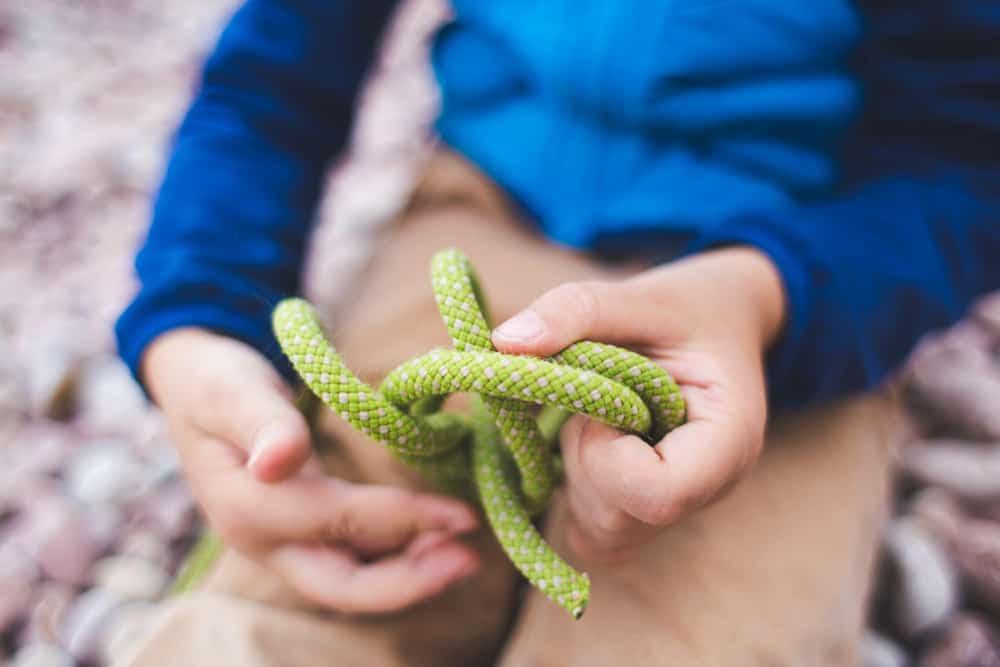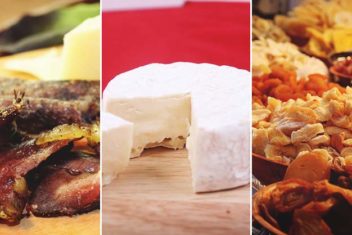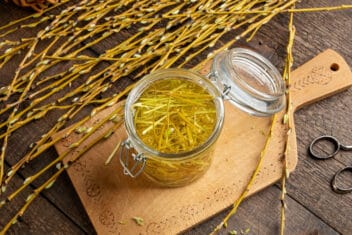When you think about all of the tools and resources used on a farm or homestead, knots may not be at the top of your list. After all, most of them are used unconsciously rather than with focus and effort.
The thing is, not all knots are created equally, and each one has a different array of uses. Furthermore, different types of knots have a variety of different applications.
If you’re new to farming or homesteading, you may want to familiarize yourself with the ten knots listed below. You never know when they may come in handy!
1. Clove Hitch
More often than not, the knots we tie are temporary holds. Maybe we need to tie a recalcitrant goat to a post for a minute to find out why he’s headbutting everything in sight. Or we need to quickly rig up some tarps for shelter if we’re working outside and a sudden rainstorm hits.
Clove hitch knots are easy to tie and untie just as quickly and easily by tugging on one end.. They offer a good grip and can be adjusted easily if needed.
2. Bowline
If you’re looking for a firm, secure knot that won’t loosen easily, a bowline is one of the most reliable. This forms a secure loop at one end of a rope that won’t slip, tighten, or loosen: it remains exactly the diameter you want until you untie it.
Use this type of knot to secure gates, attach hammocks and other things to trees, or temporarily tie an animal while it’s being tended to (e.g. working on a horse’s hooves).
It’s also one of the most essential sailor’s knots, as it was often used to throw a lifeline out to those who had fallen overboard.
3. Lark’s Head Knots
A “lark’s head knot” is also known as a “ring hitch” or “cow hitch” and is comprised of a pair of single hitches tied in opposing directions. It’s often used for attaching things to ropes or lines.
For example, if you’re working in an area and need to keep a number of items nearby, you might stretch a line between two trees nearby. Then you can use lark’s head knots to hang buckets, tools, water bottles, and anything else you might need onto that line.
Lark’s head knots are also used to tie up plants and to create temporary handles in case something needs to be carried for a while. I’ve also used them for macrame, especially for hanging planters, and for creating bean and pea trellises on poles.
4. Timber Hitch
The knots we use to tie ropes around bales of hay aren’t going to work as well if we tie them around logs or posts. These require a different type of grip and tension, ensuring that they don’t come undone when tugged on.
Timber hitch knots are perfect when you’re attaching ropes to cylindrical objects like posts, logs, or pipes.
We used this type of knot to great effect when we used the ATV to move new drainage pipes over to the culvert we dug, and it’s just as useful to tie around a cut conifer trunk to drag it through the snow for a Christmas tree.
5. Double Fisherman’s Knots
If you’ve ever worked with ropes or cords, you’ve undoubtedly had them break on you. This is… incredibly annoying and frustrating, especially if you’re in the middle of a job.
Some of the most creative swearing I’ve ever indulged in resulted from a cord snapping while I was trying to lash something into place. Fortunately, double fisherman’s knots are perfect for securely joining two ropes.
This one works best if the cords or ropes are similar in diameter. You can use it if you need extra length on the cordage you’re working with or if and when a rope or cord inevitably breaks on you.
6. Barrel Hitch
Sometimes, you need to tie a rope or cord around something like a round drum or barrel in order to either move it or secure it. My partner once dealt with a horse who loved to kick barrels over whenever possible, and it’s in situations like that where these knots are invaluable.
They’re also great for buckets or lifting heavy barrels to upper stories of buildings since barrel hitch knots distribute weight evenly, so whatever you’re lifting doesn’t flail around or tip over easily. These knots can be adjusted as needed and untie quickly if you’re in a hurry.
7. Square Knot
Also known as “reef knots,” “square knots” are super versatile and have several different uses around the homestead. Generally, they’re effective in any situation where you’re binding together two lengths of rope or cord with the same diameter.
We’ve used them to secure tarps over structures while they were being built, as well as to map out garden perimeters, gather together straw bales, and pull heavy items across fields.
You can also use these inside the home, such as if you’re doing macrame or if you’re knitting/weaving and need to bind two pieces of yarn together securely.
Just note that these knots can’t be undone easily, so only use them for permanent fixes rather than temporary ones. Additionally, they’ll only work if the cords are the same diameter: if they aren’t, they’ll slip apart and be utterly useless.
8. Figure Eight Knot
This is an incredibly strong, secure knot that can be counted on to hold firm and not come apart easily. It’s one of the primary knots used as stoppers to prevent the end of your rope from slipping through a pulley or opening while you’re working.
On homesteads and farms, it’s best to secure and pull heavy loads or attach rope to equipment securely.
This is also the knot you’ll want if you use a safety rope to keep you secure while working on a roof or up a ladder. On the off chance that you fall off, you can depend upon this knot to hold fast.
9. Sheepshank
Sometimes when you’re working with rope, you realize it’s longer than you need. This can be detrimental, especially if there’s a chance of people or animals tripping over it or getting tangled up in it.
Fortunately, this is where sheepshank knots shine: they’re ideal for taking up the slack or shortening extra length so it doesn’t get in the way.
Additionally, this is the knot to use if you come across a damaged area in the rope you’re working with. You may be lashing something together, and after ten feet or so, you’ll find that animals have gnawed upon it, and it’s fraying apart.
Since you can’t depend on that rope section, it’s best to bypass it with a sheepshank before carrying on.
10. Sheet Bend
We aren’t always fortunate enough to have several of the same types of rope around. As such, we sometimes need to tie cordage together that’s made of different materials and also has different diameters.
In cases like this, a “sheet bend” is the most effective way of holding them together so they don’t unravel or slip apart.
It’s both adjustable and reliable, especially in wet conditions. This makes it invaluable when you’re out fishing or working in wet weather, as the knot is less likely to slip or come undone.
A Note on Cordage

As you may have noticed while reading the descriptions of these knots, several of them have been adapted to join ropes of different lengths and sizes together, especially if one has broken or torn on you.
If there’s one “Murphy’s Law” on the homestead, it’s that you’ll inevitably end up needing more rope or cord than you’ve brought with you. In fact, this extends to fiber projects such as knitting, crocheting, and even sewing as well.
Always take two to three times as much rope as you’ll think you’ll need (or yarn, as the case may be), and keep tools like knives and carabiners with you wherever you go. These come in handy more often than you might imagine.
If you’re interested in learning more about knots and their applications, there are some fabulous books available on the subject. Check out some of the following:
- The Field Guide to Knots: How to Identify, Tie, and Untie Over 80 Essential Knots, by Bob Holtzman
- The Knot Bible: The Complete Guide to Knots and Their Uses, by Colin Jarman
- The Ashley Book of Knots, by Clifford W. Ashley












